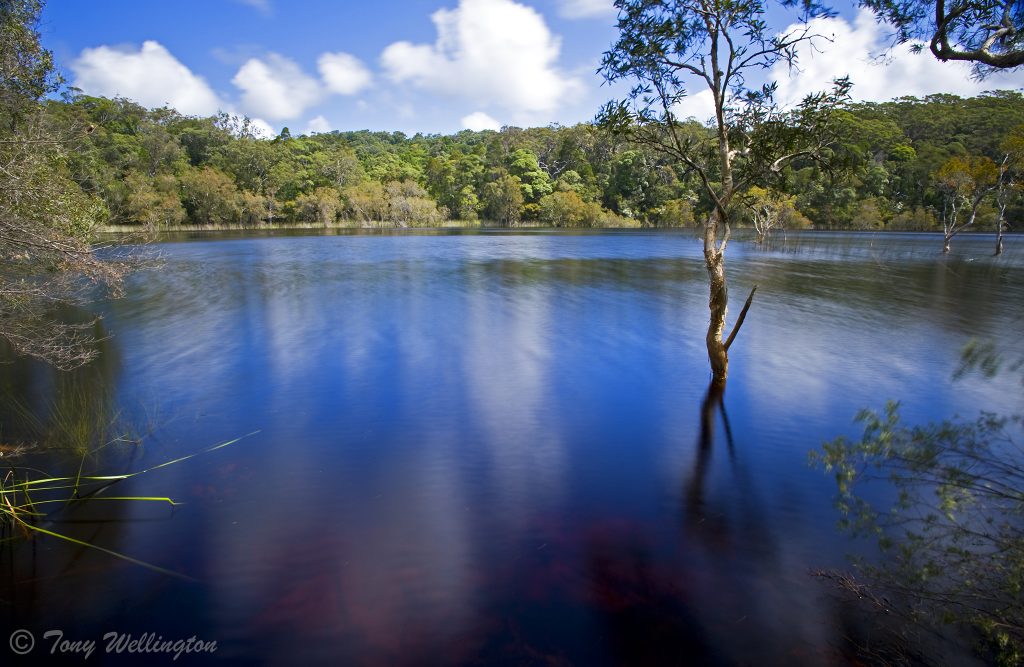Look north from Noosa Main Beach and the Cooloola section of The Great Sandy National Park stretches away to the horizon. More than just a wonderful stretch of coastline, it is also a geological marvel: part of the largest vegetated dune system on the planet.
What the Great Barrier Reef is to corals, the Great Sandy Region is to sand dunes. Built over millennia, the sand in Cooloola delves to 600 metres below sea level. These ancient dunes even support perched lakes and dense rainforests. Indeed, the Great Sandy Region has the world’s only rainforest growing on high coastal dunes.

Inevitably, a landscape this unique is also a haven for a diverse range of plants and animals. Some of them are clinging onto existence here, like the endangered Christmas Bells, once targeted by florists, or the vulnerable Key’s Boronia, which inspired Noosa Council’s logo.
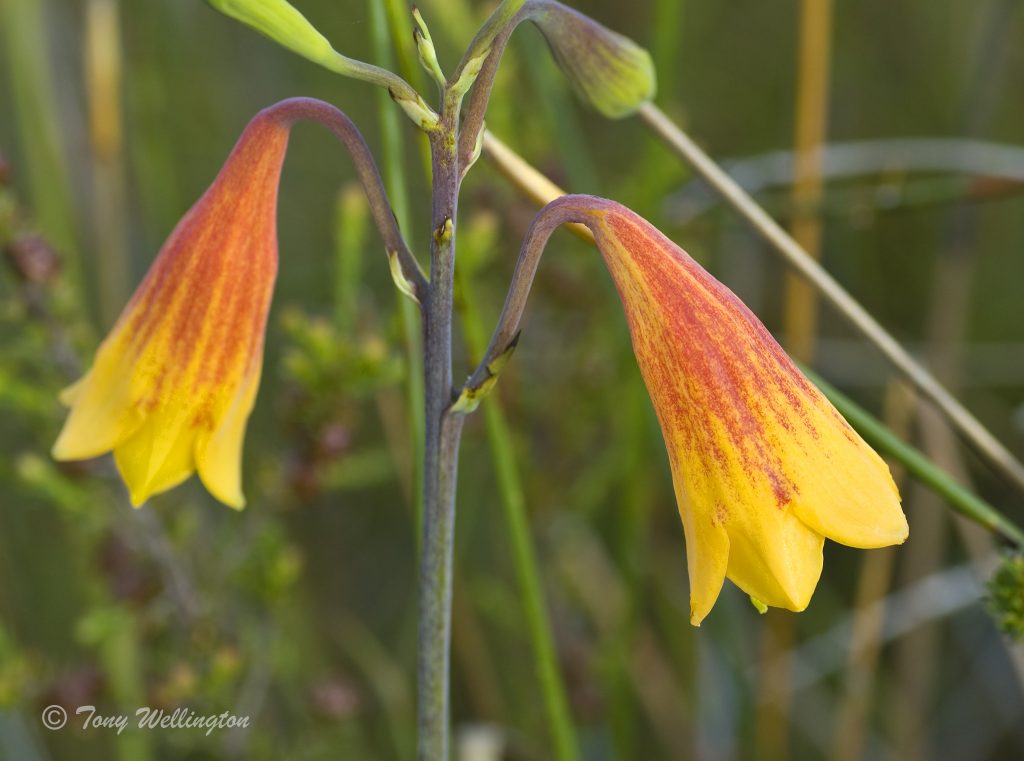
Cooloola is also home to a wide range of reptiles and amphibians, including Frilled Lizards, both Sand and Gould’s Goannas, plus various species of endangered acid frogs which have adapted to life in a low Ph environment.
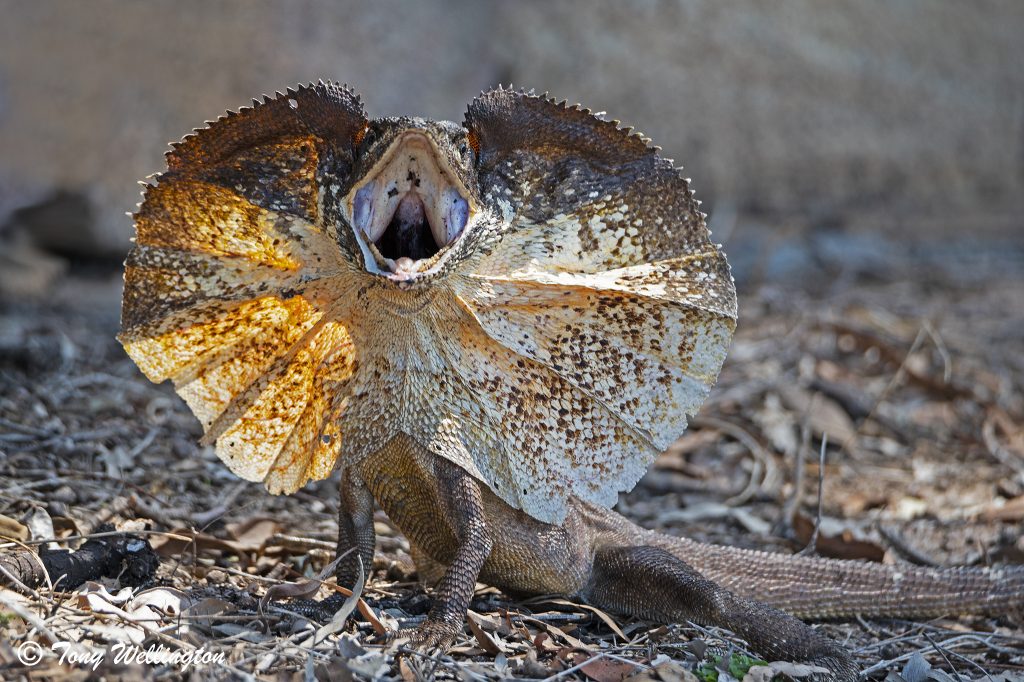

Nearly 300 species of bird have been recorded in Cooloola, from wading birds to honeyeaters, parrots and raptors. Of course, this includes many rare and threatened species such as Glossy Black Cockatoos, Beach Stone-Curlews and Red Goshawks.
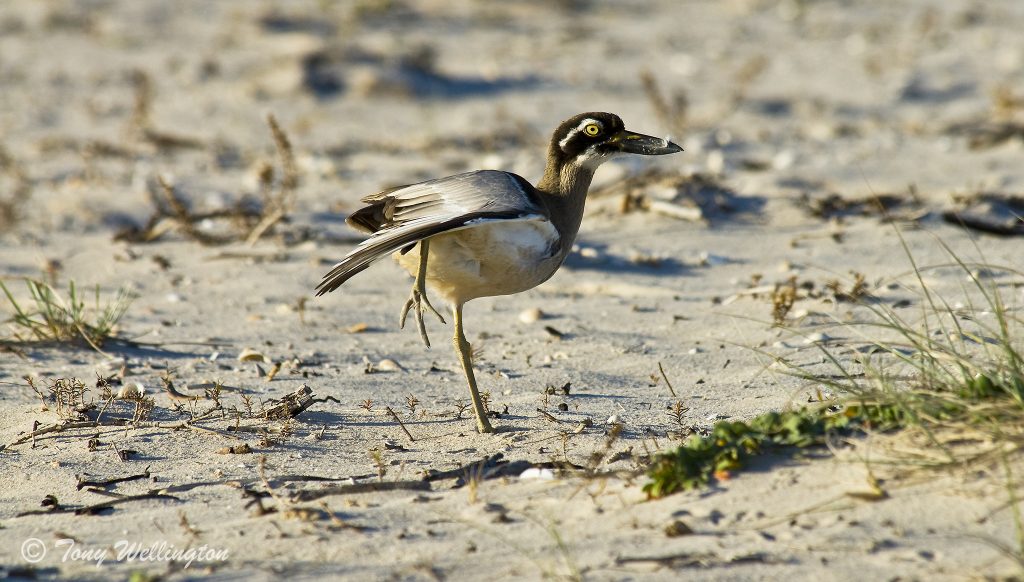
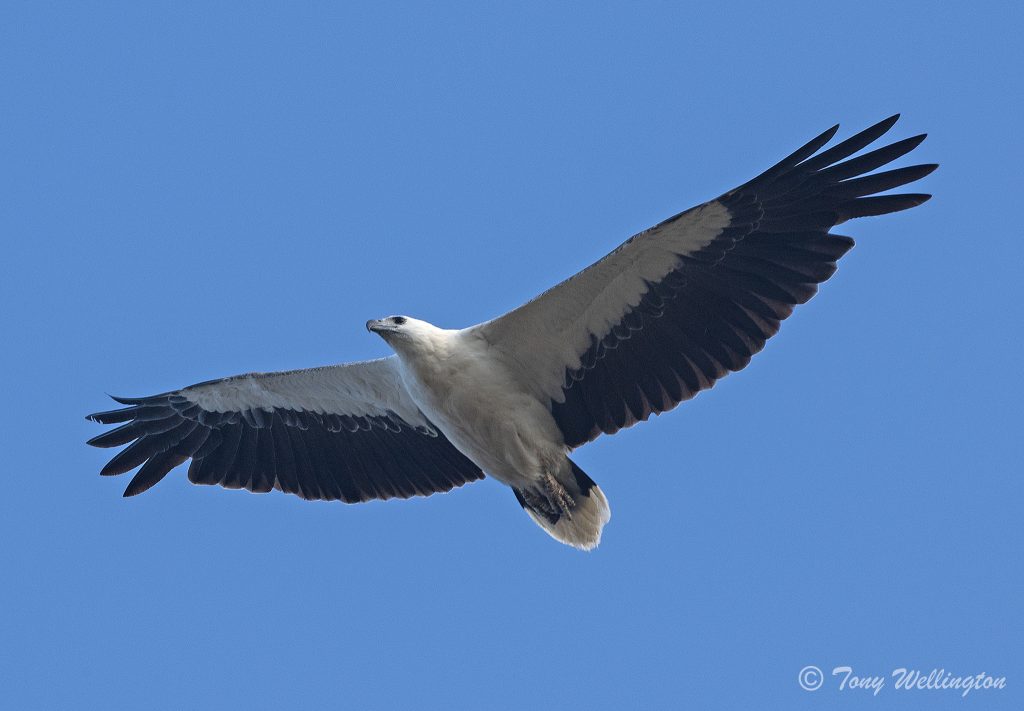
Not so long ago there were Emus wandering the plains behind the dunes. I have yet to achieve a decent photo of a Ground Parrot – all I have achieved so far is a green blur against a background of wallum heath, snapped as a shy parrot suddenly shot out from the shrubbery.
Even at the level of invertebrates, Cooloola is very special. I have occasionally come across the endangered Coastal Petaltail, one of the largest dragonflies in the world.

But I have yet to clap eyes on a Cooloola Monster – which isn’t our local Bunyip, but rather an oversized mole-like insect that spends life underground in the Great Sandy Region.
Cooloola was rescued from mining, logging and development thanks to the efforts of Noosa Parks Association and its sister organisation The Cooloola Committee. See Phil Jarratt’s excellent piece on Cooloola here.
The Cooloola landscape now helps frame Noosa. The Noosa Shire’s northern extremity is just north of the giant Cooloola Sandpatch.

The Cooloola landscape provided an abundance of food and shelter for the Kabi Kabi people. Evidence of their longstanding culture can be found in bora rings, shell middens and canoe trees. Let us just take a moment to reflect on the massacre of First Nations people that reportedly occurred on Teewah Beach in the 1850s under the orders of Lieutenant John O’Connell Bligh.

And, while I’m courting controversy, I shall conclude by sticking my neck out regarding vehicles using Teewah Beach as a roadway. Beaches are living ecosystems, full of sand worms, crustaceans and a wide range of invisible life that supports other life, including birds and fish. Turtles use Teewah Beach for nesting. Migratory birds also use the beach and its foredunes to replenish and procreate. Beaches are a lot more than just grains of sand, they are rich ecosystems. One day authorities will come to their senses and appreciate that just because we have allowed certain activities to occur historically, that doesn’t mean we must continue to do so.
